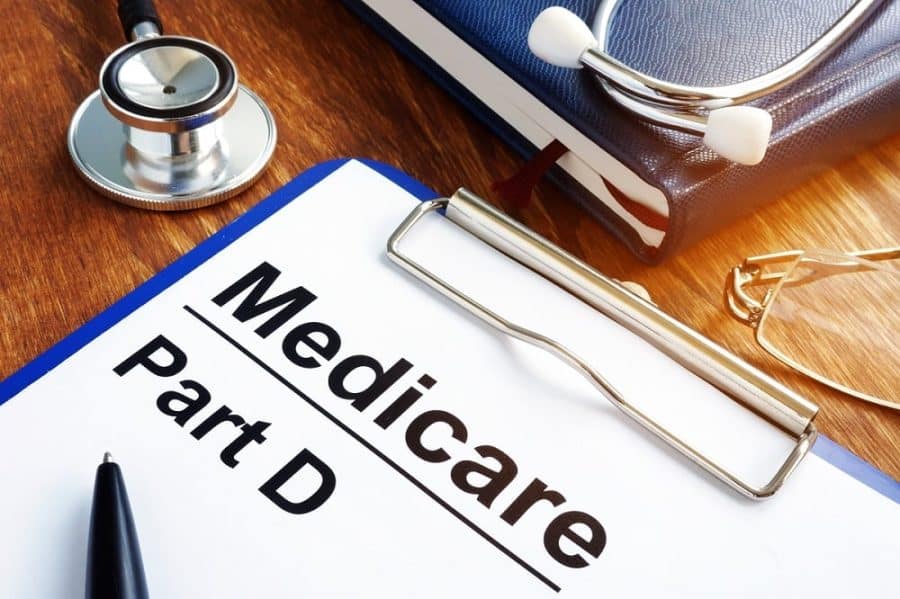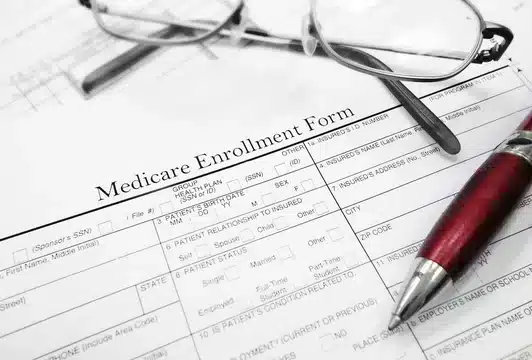Medicare is the U.S. health insurance program that provides healthcare coverage for people ages 65 and older. The Medicare Part D plan refers to the optional prescription drug plan that is sold by registered private insurance companies.
If you are enrolled in the Part D prescription drug plan, you can encounter a gap in coverage, depending on how much you spend. This gap is referred to as the Medicare Donut Hole.
What is Medicare Part D Donut Hole?
The Medicare Part D coverage pays for prescription drug costs for eligible citizens that are enrolled in Medicare. The Medicare Part D Donut Hole refers to a coverage gap or temporary limit on what the plan covers for drug prescriptions. This gap begins after you and your drug plan has spent a particular amount for covered medication.
In 2022, the coverage gap or limit begins once you and your plan have spent up to $4,430 on covered drugs. This implies that if your annual drug spendings exceed the limit, you may find yourself in the Medicare donut hole.
How Does The Donut Hole work?
Once you and your drug plan reach the spending limit and you enter into the donut hole coverage gap, you will be required to pay up to 25% of the cost for any brand-name prescription drugs. Medicare covers 75% of the cost of generic drugs while you are in the donut hole, and you will have to pay the remaining 25%.
For all Medicare Part D plans, the donut hole closes when you reach $7,050 in out-of-pocket costs for covered drugs. This amount includes money you paid for your covered prescriptions, your deductibles, money paid by other people for you, and amounts paid by eligible prescription drug assistance programs. However, note that your Medicare Part D premiums are not part of the amounts that close the coverage gap.
What are the Updates On the Donut Hole For 2023?
The donut hole for all drugs officially closed in 2020 but in reality, what this means is that you get to pay a certain percentage (25%) of the cost of your drugs while in the donut hole rather than the total cost. A few updates to the donut hole will take effect on January 1, 2023. Here is a rundown of all that you need to know:
- The initial coverage limit will be increased from $4,430 in 2022 to $4,660 in 2023
- To leave the donut hole, your out-of-pocket spending will have to reach $7,400 in 2023, compared to $7,050 in 2022
How Do I Get Out of the Donut Hole?
To leave the donut hole in 2023, your out-of-pocket spending will be up to $7,400. The eligible expenses include amounts you pay towards your deductible, generic and brand-name drugs, co-payments, and co-insurance. Note that your Medicare Part D premiums and pharmacy dispensing fees do not count toward closing the donut hole.1https://www.medicare.gov/drug-coverage-part-d/costs-for-medicare-drug-coverage/costs-in-the-coverage-gap
Conclusion
Knowing how the donut hole works and how it can affect your prescription drug costs is necessary. Having difficulty understanding the donut hole? Start with easy to understand accurate material on expert sources like Hella Health or speak to a licensed insurance professional.
Additional resources and citations
- 1https://www.medicare.gov/drug-coverage-part-d/costs-for-medicare-drug-coverage/costs-in-the-coverage-gap



